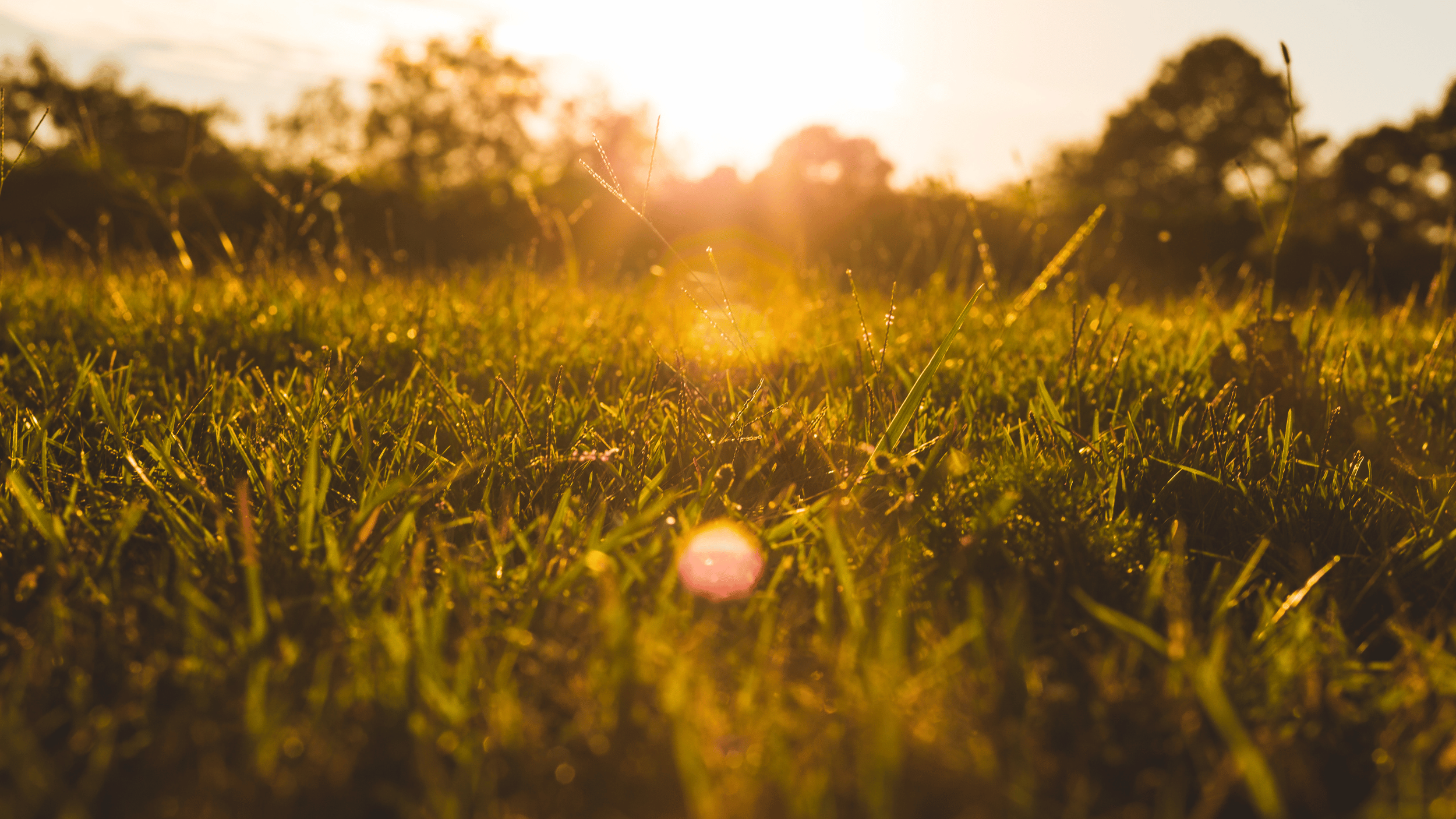
Our Real Results
from the real world
To see how plants and soils change with application’s of our products we monitor different growers and farmers, with different soil type’s and goals.
These are our results
Improving grass quality leads to healthier animals and greater production.
Better performing soils will be reflected in pasture uptake of nutrients & minerals which are beneficial to animal health and production . For example these 2 tests show an increase in Magnesium , Zinc , Copper and Selenium levels .
Also improved Dietary Cation Anion Difference (DCAD) balance which can be beneficial for production.
The Average percentage of clover over 10 paddocks was 10% (Range 5%-15%)
After one year the Average percentage of clover over the same paddocks had increased to 17% (Range 8-25%)
This increase in clover is the equivalent of approximately 49 units of extra N per hectare or 106 kg of Urea.
Improved Soil Structure
•The improved soil structure lets air into the soils where bacteria on clover roots plus other bacteria can fix nitrogen which can then be made plant available by soil biology.
• The open structure can help drainage and support microbial life to build a working soil which helps to support root growth and quality plant growth.
Free Nitrogen
With open soils the bacteria on the clover roots are able to fix nitrogen from the air which can then be converted by soil organisms to be utilized by plant.
Improvement in Root Depth
Early assessment in found poor root structure with compacted soils and roots growing sideways creating thatch, Average root depth over 10 paddocks was approx 62mm.
One year later we see the roots growing downward. the average root depth has increased to 105mm, (an increase of 43mm)
Average root depth increased by over 51%
With a better root structure the plant can source more nutrients and replace soil carbon which in turn feed the microbes which convert minerals to be used by the plant.
Carbon helps with water retention in dry periods.
The larger root structure can capture leaching nutrients like nitrate.
This increase in root depth means that the plant has a lot more access to nutrient.
Roots are central to soil health
they release sugars, organic acids and other compounds into the soil during the exudation process. These organic compounds can promote beneficial soil microbes, such as bacteria and fungi, and inhibit plant pathogens.
The soil around the roots is a special place called the rhizosphere, Beneficial soil microbes increase carbon and nutrient cycling in the soil, ultimately benefiting plants.
Better utilisation = more income per hectare
Summary Results across 3 farms
•Soil structure scores lifted from an average of 10 up to 24
•Root depth and density improved. Some depths to over 250mm
•Grass utilization improved by approximately 5%, meaning that the grass eaten by the cows was converted into energy 5% better.
•If growing 16,000 kg Dry Matter per hectare * 5% increase in utilization = approximately $800 extra income from extra milk solids or reduced purchase of feed inputs.
•Nitrogen input reduced by approximately 100 units per hectare.
Reduction in Grass grub
Before application there were large numbers of grass grub
Over the course of treatment we found that the population of grass grub reduced until all that was left were dead calcified grubs.
Onion Trial
Result's from our onion trial showed the size of the bulb to be the same, showing that the farm didn't need as much, if any ferterliser for this crop.
Onion Skin was firmer and of better quality than previous crops grown in the same paddock
better root growth growing downwards and more nutrients going into the bulb rather than into the stem.
Considerable lesser amount of weed killer required to control the weeds.
Hops
Good lateral growth on the vines which is needed for tying them up.
Good flower buds and leaf coverage.
Lush green colour and coverage overall.
Bigger yield and better quality crop compared to parallel crop grown using competitors product.
Berries
Stronger cane,
especially those that are growing now for next years berries.
The increase in cane strength meant less damage to vines during harvesting.
Yield increased from 3 ton to 6 ton and still growing into February when growth would normally stop around early January.
Increased soil health.
Increased plant health.
Increase in yield.
Improved drainage
Organic Matter
Over 6 months
with treatment of our unique product we saw an increase in organic matter in the soil
From 3.2 to 7.8
an increase of 143.75%
Save on Fertiliser
After using our product, our market gardening client commented that they could
“halve their fertiliser and still achieve the same results, if not better.”

